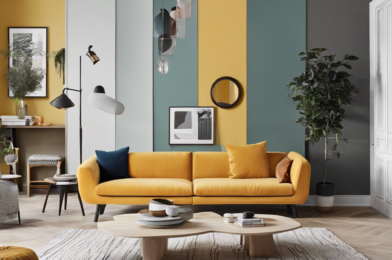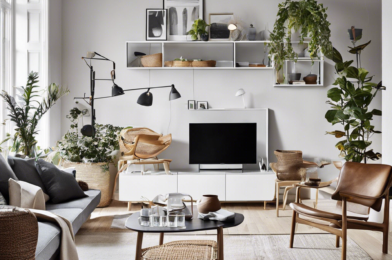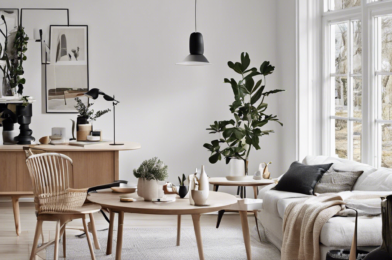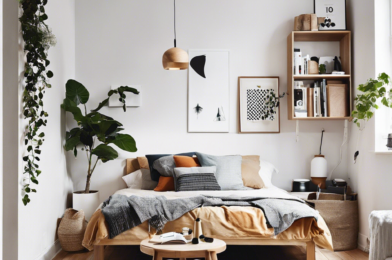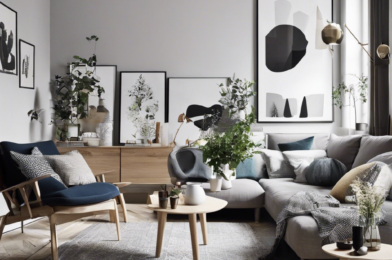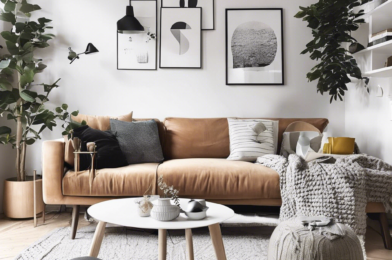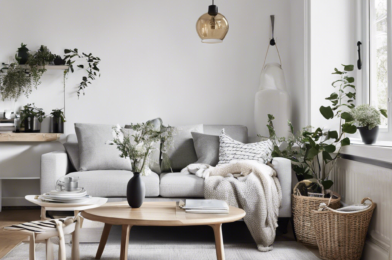Creating a harmonious and inviting space in your Scandinavian-inspired home begins with the right color palette. Scandinavian design is renowned for its minimalism, simplicity, and focus on natural elements. Choosing colors that embody these principles will help you achieve the coveted Nordic aesthetic. Here’s a guide to selecting colors that will transform your house into a tranquil and stylish Scandinavian haven.
The Color Palette: Less is More
Scandinavian color palettes typically embrace a restrained approach, favoring neutral and muted tones. Think of this style as a gentle caress of nature’s palette on your walls. Soft whites, grays, beiges, and light wood tones form the foundation of this design scheme. These colors create a clean and airy ambiance, allowing for flexibility in accessorizing and personalizing your space.
Embrace the Power of White
White is the quintessential color of Scandinavian design. It reflects light, making rooms appear larger and brighter, especially in regions with limited sunlight during winter. Opt for different shades of white, from crisp and bright to those with subtle gray or beige undertones, to add depth and visual interest.
Incorporate Earth Tones
Bring the beauty of the outdoors inside by incorporating earthy colors like sage green, forest green, and soft blues reminiscent of the sky or sea. These hues add a natural, organic feel to your home. A feature wall painted in one of these colors can create a stunning focal point, while accessories in similar shades will enhance the overall tranquility of the space.
Play with Contrasts
While a subtle color scheme is characteristic of Scandinavian design, adding small pops of contrast can provide visual interest. Consider introducing black or dark gray through furniture, accessories, or accent walls. This contrast can create a dynamic and modern atmosphere without disrupting the overall calmness of the design.
Texture is Key
Since the color palette is often subdued, texture plays a vital role in adding depth and visual appeal. Mix and match textures like linens, furs, woods, and woven materials to create a cozy and inviting environment that is both tactile and visually captivating.
